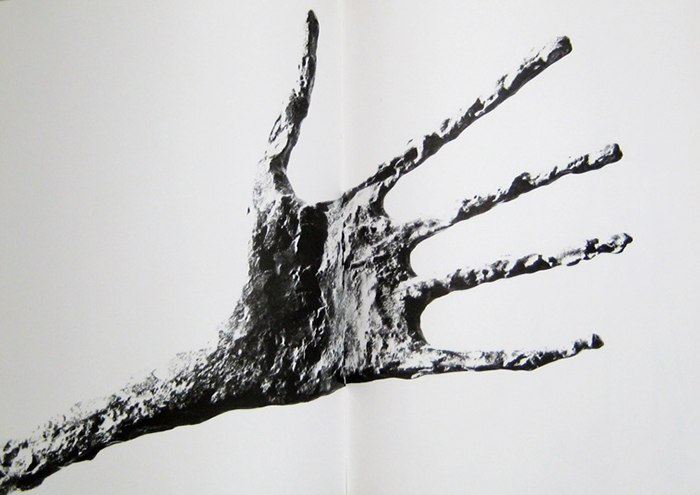
Below, you can find the target article, commentaries, and Nanay’s response.
Commentaries
Having indicated a role for motor imagery in the initiation of actions in general, Nanay turns to discuss the relevance of motor imagery for understanding akratic action (§4)–e.g., finding oneself reaching for the TV remote despite one’s all-things-considered intention to finish writing a grant proposal–and relapse actions (§5)–e.g., when finding oneself reaching for the bottle despite one’s strong desire and resolution to quit drinking alcohol. In each case, Nanay notes, there is reason to believe that mere perception of certain stimuli (the TV remote, addiction-related stimuli, etc.) can be enough to trigger motor imagery of associated actions, thereby increasing the likelihood that the action will be executed, despite one’s intention to the contrary. Moreover, and encouragingly from the perspective of rehabilitation, there is also evidence that retraining motor imagery–e.g., by practicing motor routines of avoidance rather than approach when presented with various reward-associated stimuli–can decrease the likelihood an intention-incongruent action (e.g., relapse) will be performed, even when the subject’s visual attention continues to be captured by the reward-associated stimuli.
Nanay next reviews empirical work that he takes to establish an important role for motor imagery in triggering the execution of actions (§3). A central data point, here, concerns the link between motor imagery and increased spinal excitability, the latter of which is also found when actions are initiated. Taken together with findings seeming to show that motor imagery of an action increases the likelihood that the imagined action will be executed and that motor imagery of an action reduces the likelihood that incongruent actions will be executed, Nanay proposes that motor imagery causally contributes to action execution by amplifying spinal excitability (p. 397).
Myrto Mylopoulos: “Commentary on Nanay’s (2020), “Motor imagery and action execution”
Target Article
Author’s Response
Bence Nanay “Motor Imagery and Action Execution”
Nanay’s paper makes a plea to philosophers of action to “take the concept of motor imagery seriously” (p. 404). They should do so, Nanay claims, because motor imagery plays an important role in explaining how actions, in general, are initiated (§3), is vital for making sense of otherwise puzzling cases of action (§§4-5), and clarifies the relationship between motivation and causation in the explanation of action (§6).
Nanay introduces the concept of motor imagery indirectly through analogy with the more familiar concept of mental (i.e., sensory) imagery (§2). Although the paradigmatic cases of mental imagery are conscious and voluntary (e.g., the conscious experience of intentionally visualizing a red apple), Nanay follows psychologists in offering a functional (as opposed to introspective) definition of mental imagery as the occurrence of early perceptual processing in the absence of sensory stimuli (p. 393). Analogously, while paradigmatic instances of motor imagery may be conscious and voluntary (e.g., the experience of imagining oneself reaching for an apple), motor imagery is correctly defined functionally rather than introspectively as the occurrence of late motor processing in the absence of overt movement. As Nanay summarizes: “Just as mental imagery is no input followed by activity in what is the first stop of perceptual processing, motor imagery is the last stop of motor processing, not followed by any output” (p. 395).
Elisabeth Pacherie “Motor imagery, inhibition and action execution: When motor imagery goes rogue”
Wayne Christensen – “Commentary on Bence Nanay’s “Motor imagery and action execution”
Bence Nanay “Motor imagery vs. mental imagery: Response to Christensen, Mylopoulos and Pacherie”
It’s my pleasure to introduce our latest Ergo symposium. This week we are showcasing Bence Nanay’s (Antwerp) “Motor Imagery and Action Execution”, with commentaries by Wayne Christensen (Barcelona), Myrto Mylopoulos (Carlton), and Elisabeth Pacherie (Jean-Nicold). Let me begin by thanking each of the participants for their excellent contributions!
Nanay concludes (§6) by arguing that grasp of motor imagery’s contribution to action execution obliges us to draw a distinction between the mental states that motivate actions (e.g., desires and intentions) and those that cause or trigger action (namely, motor imagery). While standard causalist theories in the philosophy of action – i.e., theories that purport to explain actions in terms of causation of behaviour by a specified class of mental states – have tended not to recognize such a distinction, Nanay argues that the causal theory is fully consistent with doing so, and, furthermore, that once this distinction is drawn a far broader range of actions are intelligible in reductive-causal terms than would otherwise be.

